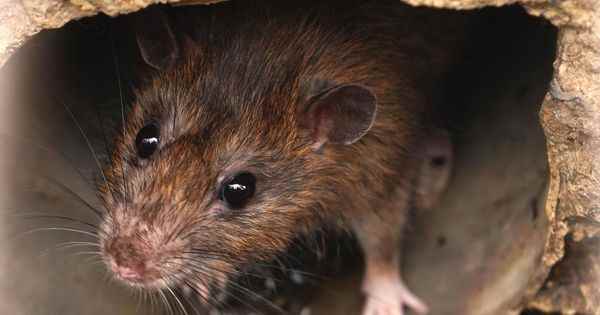Published ,
Reading 1 min.
According to an American study published in the journal Nature on February 3, a new variant of the Sars-Cov2 virus was discovered in rats inhabiting the sewers of New York. For the moment, no proof could be highlighted as for a possible circulation of this variant.
It was work carried out on the wastewater from the sewers of the city of New York that made it possible to identify a new variant. Several teams of American researchers from different universities were involved in this discovery. They published their results in the scientific journal Nature on February 3.
Contaminated by water and feces
New “cryptic lineages” of the virus, not recognized in databases, have been observed following deep sequencing of sewage. Scientists assume that the rodents became contaminated by water or excrement present in the sewers. But proof of circulation in rats has yet to be established.
“One of the amino acid changes that we see in the virus was not seen in the patients. Never. But this amino acid change was seen in a rodent-adapted virus, which really tells me something.”said Marc C. Johnson, a virologist at the University of Missouri, co-author of the study.
Consult a GP online
A next variant for men?
To become variant, a virus must mutate at least twenty times compared to the previous strain and spread very significantly. And to mutate, it must pass from organism to organism. It is this circulation which then leads to modifications, which are called mutations, which are used by the virus to adapt to the host which harbors it. The next variant could clearly emerge in rats first, the researchers say. Indeed, their study concludes by explaining that “the observation is consistent with the possibility that these lineages were derived from an animal host such as a rodent“.
Still close to New York, the New York Times reports that traces of the Omicron variant have been detected in deer. Again, some scientists fear that these cases in animals could promote the appearance of a new variant.
